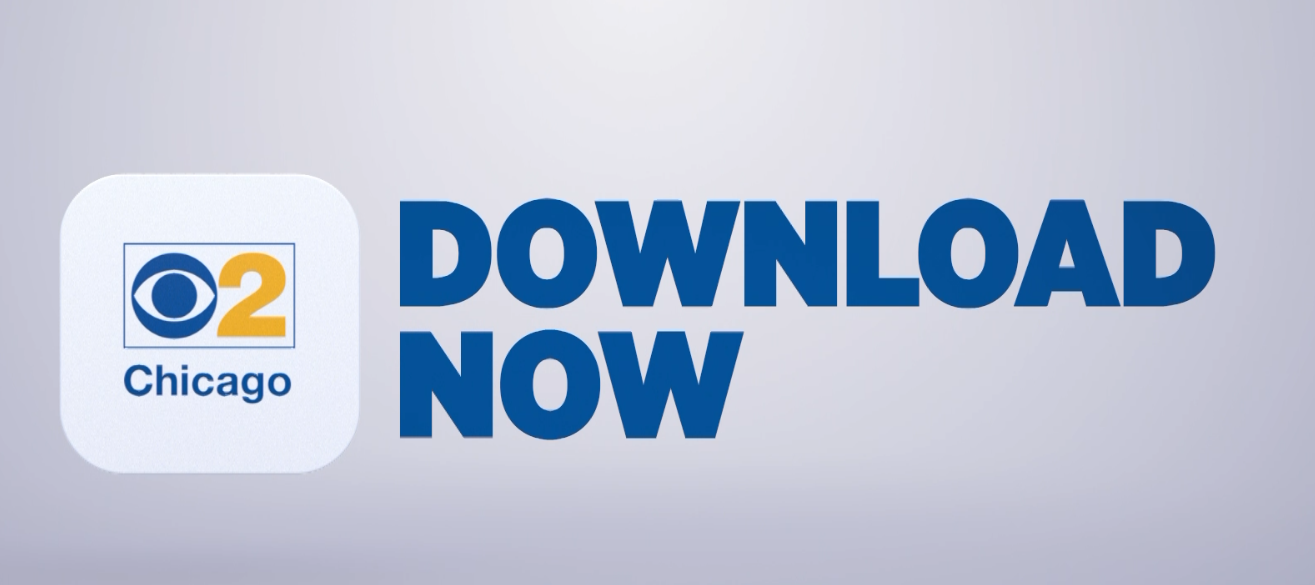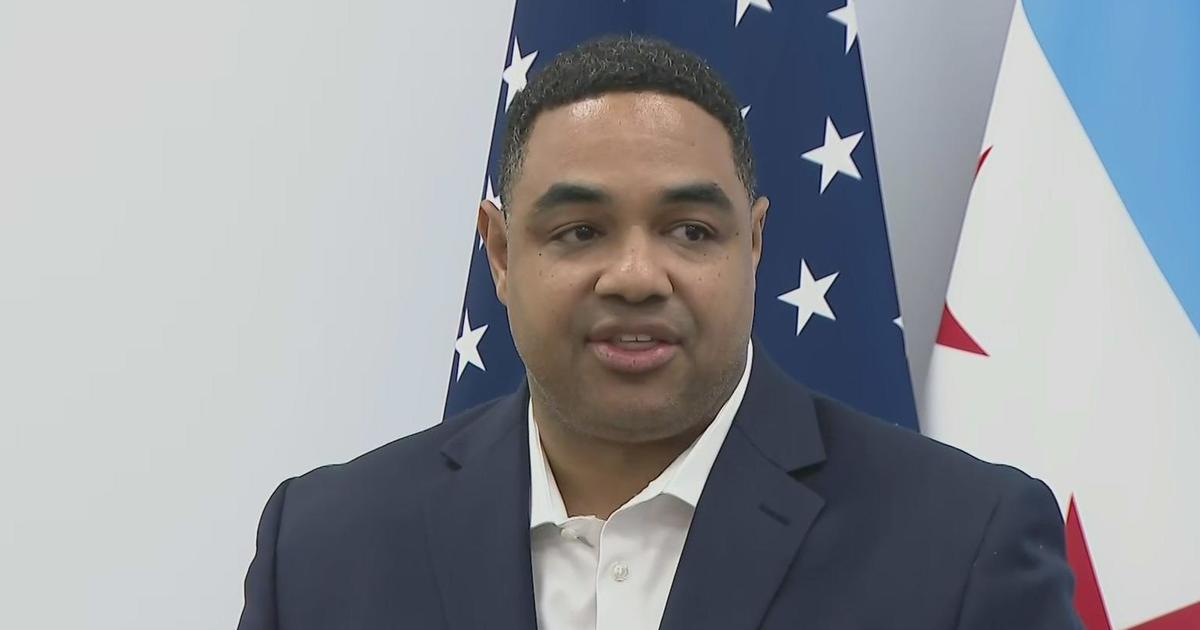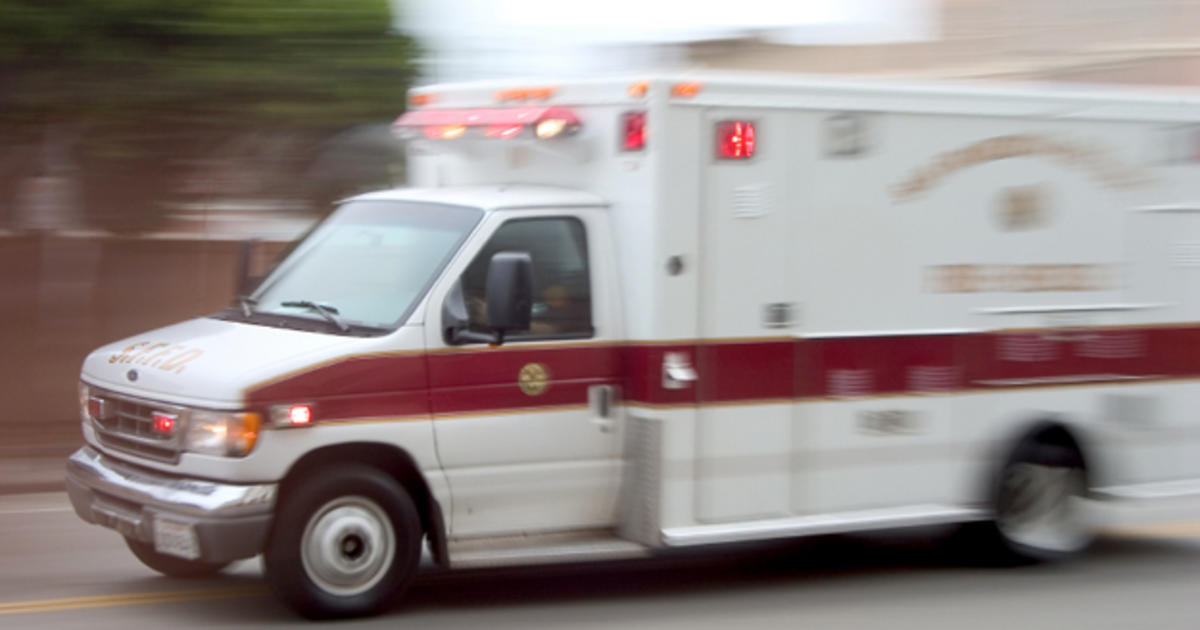Coronavirus In Illinois: New Cases Top 7,500 For Second Time; 'The Virus Is Spreading Rapidly'
CHICAGO (CBS) -- Describing an admittedly "grim picture" of the second surge of COVID-19 in Illinois, state officials on Wednesday reported more than 7,500 new confirmed cases of coronavirus statewide, the second highest daily total so far during the pandemic.
"The virus is spreading rapidly. We are fully into the second wave or second surge, and the cases are increasing exponentially," Illinois Department of Public Health Director Dr. Ngozi Ezike said Wednesday afternoon.
The Illinois Department of Public Health reported 7,538 new confirmed coronavirus cases, as well as 55 additional deaths. It's the second time in five days Illinois has announced more than 7,500 cases, and the eighth day in a row with at least 6,000 new cases. The record for new cases was set Saturday, when IDPH announced 7,899 new cases.
"We again have a grim picture to share, and a potentially long effort ahead to get the virus under control in this state," Gov. JB Pritzker said at his daily coronavirus briefing.
Also From CBS Chicago:
- 3 Accused Of Beating Man In Restaurant Restroom After Confrontation About Letting Victim's Daughter Into Women's Room
- Illinois Voters Rejecting Proposed Graduated Income Tax
- Sharpies Bleeding Through Ballots Will Not Impact Your Vote
Pritzker said the average number of deaths per day has nearly doubled over the past month, from a 7-day average of 23 deaths per day in early October to 43 per day as of Wednesday. Hospitalizations have more than doubled in that time, from an average of about 1,500 per day at the start of October to approximately 3,300 per day in early November.
The governor also said every single region of Illinois has seen increases in hospitalizations every day this past week, along with severe increases in positivity rates.
"Make no mistake, this pandemic isn't over, not by a longshot," he said.
The new cases announced Wednesday account for 10.5% of the 71,857 new tests reported by IDPH. The state's seven-day statewide average case positivity rate now stands at 8.5%, the highest it's been since May 27, when the rate was 8.6%. The case positivity rate has more than doubled in the past month, up from 3.3% on Oct. 4.
Since the start of the pandemic, Illinois has reported a total of 437,556 cases of COVID-19, including 9,933 deaths.
As of Tuesday night, 3,761 coronavirus patients were being treated in Illinois hospitals, including 776 in intensive care, and 327 on ventilators. Those figures are the highest they've been since late May and early June.
Ezike said hospital bed capacity also is starting to become a concern, particularly downstate. Because of how many hospitals are located in Chicago and the collar counties, and how close they are to each other, Ezike said there's more room to transfer patients within that area of the state than downstate, so she's more worried about hospital capacities outside the collar counties.
"We have had calls for assistance from the state for medical staff. We know of some hospitals that have already slowed down elective surgeries to have beds. So there is a bed issue that's brewing now that's only going to grow," she said. "We have a significant problem, and we're going to have to come up with some creative solutions to make sure that everyone has a bed. Whether it's for COVID, or whether it's for a flu-like illness, whether it's for a car accident, whether it's for a heart attack, but that is a very imminent issue, and we still need to work on the front end to try to limit the number of people who get sick."
As of Wednesday, every region of Illinois is under tighter COVID-19 restrictions, including a ban on indoor dining and bar service. Pritzker and Ezike said the regional mitigations are a necessary step in efforts to curb the spread of the virus.
"It's not enough for us to just know more, we have to act differently. Mitigations that limit public interactions only work if everyone takes some personal responsibility for masking, social distancing, and following the CDC and IDPH guidelines," Pritzker said.
Asked how soon Illinois could expect case positivity rates to decline in various regions now that the entire state is facing tougher restrictions, Ezike said, "that depends on individuals and how well those mitigations are followed."
"So when we hear about closing these high-risk settings like bars and indoor restaurants, the amount of uptake of that activity is going to play into how effective they are," she said. "Of course, the individual activity, the personal responsibility, the wearing of masks, and limiting these private gatherings, that's key and essential."
Ezike said she recently started rolling down her car window at red lights and talking to people she sees wearing masks in public to thank them for doing so, and urged others to follow her example.
"It's a really simple measure, but I feel like it's powerful in that it acknowledges the good acts of citizens, which hopefully encourages them to keep it going. I've only gotten smiles and positive responses in the few days that I've been doing this, but I'm asking you to try this with me. It costs absolutely nothing, but it gives a much-needed opportunity to positively connect with our neighbors," she said.
She also urged anyone who recently participated in recent campaign rallies, worked at polling places, or stood in lines where they couldn't keep six feet of distance from others, or joined protests to get tested for COVID-19.
Ezike said anyone who took part in such high-risk activities should wait one week after the potential exposure to get tested, because it can take several days, and up to two weeks, to test positive for COVID-19 after contracting the virus.






